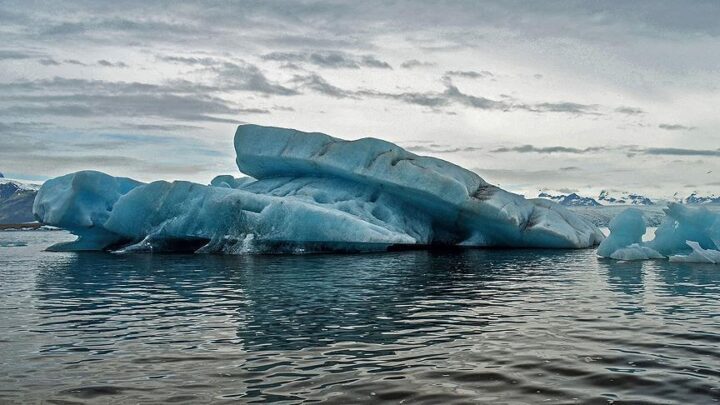The frozen oceans at the planet’s poles, which act as vital cooling systems, have reached their lowest recorded ice levels, according to satellite data. Polar sea ice reflects much of the Sun’s energy back into space, but as this icy layer shrinks due to rising temperatures, darker ocean waters absorb more heat, accelerating global warming.
Recent analysis of data from the US National Snow and Ice Data Center (NSIDC) revealed that the combined Arctic and Antarctic sea-ice extent fell to 15.76 million square kilometers (6.08 million square miles) over five days ending February 13, breaking the previous record low set in early 2023. Arctic sea ice is now at its smallest extent for this time of year, while Antarctic sea ice is nearing another record low in satellite records dating back to the late 1970s.
Antarctic sea-ice had been resilient until the mid-2010s but has shown significant declines since, potentially marking a permanent shift. The Arctic, warming nearly four times faster than the global average, continues to lose ice at alarming rates, with its end-of-summer ice shrinking from 7 million square kilometers in the 1980s to 4.5 million square kilometers in the 2010s.
Experts point to warm air, warm seas, and disruptive winds as major contributors to the record low levels. Recent atmospheric conditions also promoted surface melting on Antarctic ice shelves, while unusually warm waters delayed ice formation in the Arctic. Scientists warn of far-reaching impacts, from disrupted ocean circulation to the loss of sea ice’s cooling effect, which has already declined by 14% since the 1980s.
The loss of polar ice has profound implications for global climate systems and local ecosystems, signaling a troubling future unless significant climate action is taken.
Source: Swifteradio.com


